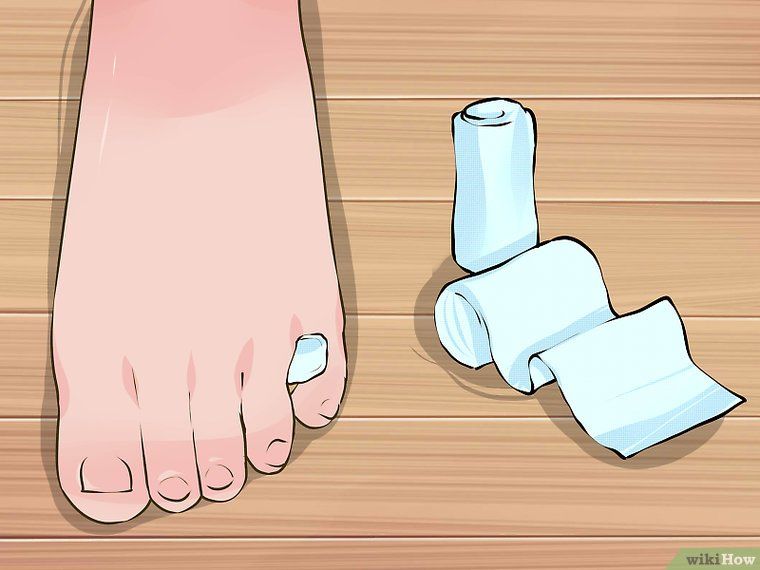How to Wrap a Broken Pinky: A Guide on Taping a Sprained Finger
How can I properly tape a sprained finger? What are the benefits of finger bracing with tape or a splint? How do I perform buddy taping and splinting effectively? Learn the right techniques to support your injured finger and promote long-term healing.
The Benefits of Finger Bracing for Sprained Fingers
When ligaments are overstretched and result in a sprain, they typically require a period of rest for healing. Bracing can help prevent unnecessary use of the finger, which can be difficult since we use our hands so frequently. Some key benefits of finger bracing with tape or a splint include:
- Decreased overall pain
- Better swelling management
- Promoting necessary rest time in the acute phase of injury
- Possible restoration of stability to the affected finger joint (if instability is a concern)
- A great adjunct to other home treatment options for optimizing recovery
Buddy Taping: A Simple Technique to Offer Extra Support
Buddy taping is an easy way to provide additional support to a sprained finger. Here’s how to do it:

- Find some medical cloth tape (or athletic tape or kinesiotape) and cut it so it will wrap around the fingers approximately 1.5 times.
- Tape above and below the injured finger joint and one of the neighboring fingers. This will allow both fingers to still bend and extend for simple moves like gripping, while limiting more complex motions that could cause aggravation.
- Monitor your symptoms, circulation, and skin integrity to minimize complications.
- Try not to get the tape wet to avoid skin irritation, and replace it as needed.
- When removing the tape, pull gently to preserve skin integrity.
Splinting: When a More Restrictive Option is Necessary
Splints are a more restrictive option that can be most beneficial for moderate or severe cases of a finger sprain. Here’s how to splint effectively:
- Buy a pre-made adjustable finger splint or use a stiff object like a popsicle stick or tongue depressor and secure it to the injured finger with medical tape.
- Wear the splint as prescribed by your doctor or as needed, typically for 5-7 days for moderate injuries.
- Take the splint off for short periods throughout the day to maintain skin health and allow gentle finger range of motion.
- For more severe sprains, you may need to keep the splint on continuously to address instability concerns.
Avoiding Complications from Splinting and Taping
Anytime movement is restricted at a joint, there is a risk of excessive stiffness and loss of strength and coordination. Additionally, splints or tape can leave the skin feeling vulnerable, so it’s important to watch for sores or other skin irritation. To minimize complications:
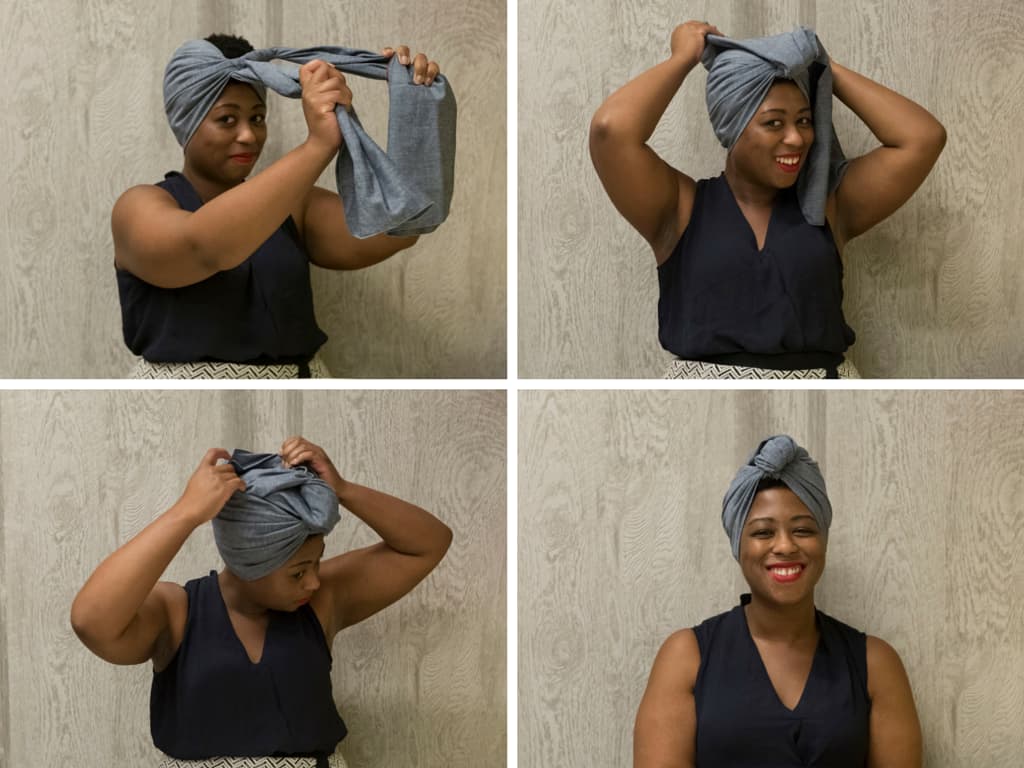
- Don’t completely limit finger joint function – you should still be able to bend your fingers and grip items.
- Replace tape as needed and give the skin time to breathe to prevent irritation.
- Pull tape gently when removing it to preserve skin integrity.
When to Seek Medical Attention for a Sprained Finger
While many minor finger sprains can be treated at home with taping or splinting, it’s important to seek medical attention in certain cases:
- If the pain, swelling, or bruising is severe or doesn’t improve within a few days.
- If you suspect a fracture or complete ligament tear, which may require x-rays or other imaging.
- If you have any concerns about the proper alignment or stability of the injured finger.
Your doctor can provide personalized recommendations for treatment and help ensure your finger heals properly.
Monitoring Progress and Transitioning Out of Bracing
The balance of rest and movement is crucial for optimal finger sprain recovery. Work with a physical therapist or pay close attention to your symptoms as a guide:

- For moderate sprains, try taking the splint off at least 3 times per day for 10-20 minutes.
- For more severe sprains, you may need to keep the splint on continuously if instability is a concern.
- Over time, you may find you only need to wear the splint with more advanced hand movements, then transition to no use at all within 3-6 weeks.
Closely monitoring your progress and adjusting the bracing as needed can help ensure a full and timely recovery.
Key Considerations for Effective Finger Taping and Splinting
When it comes to supporting a sprained finger, there are a few important factors to keep in mind:
- Choose the right type of tape or splint for the severity of your injury.
- Avoid completely limiting finger joint function to prevent excessive stiffness.
- Monitor skin health and circulation closely to minimize complications.
- Work with your doctor or physical therapist to develop the optimal treatment plan.
By following these guidelines, you can effectively tape or splint a sprained finger and promote long-term healing.
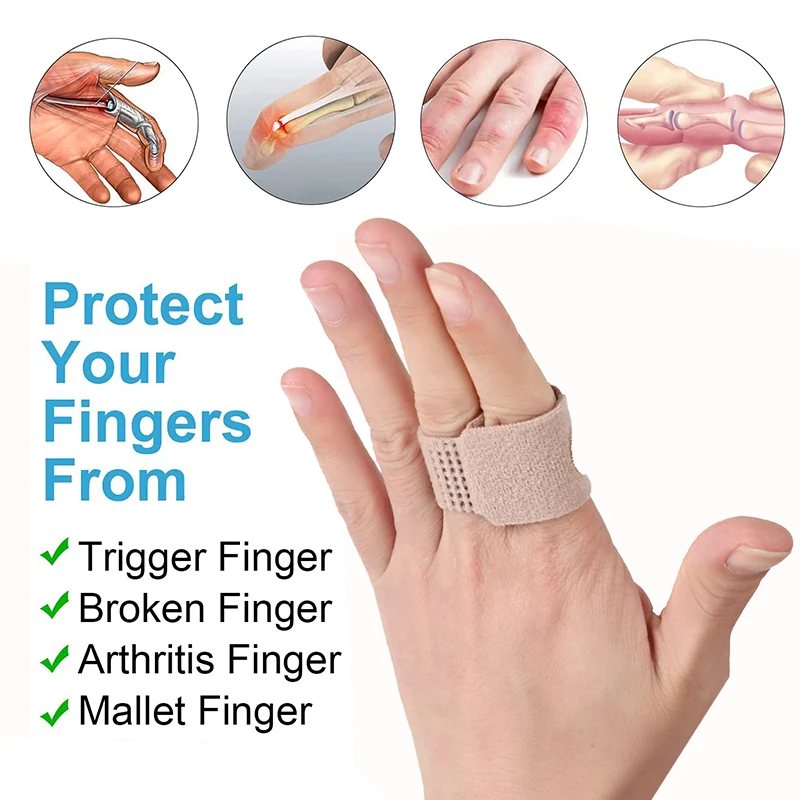
Guide on How to Tape a Sprained Finger
Aiding Recovery Buddy Taping Splinting Complications Safety
Learning how to tape or splint a sprained finger is one of the most effective ways to promote long-term healing. As this injury is so common, finding the right techniques for supporting your injured finger is a must. Keep reading to learn more about how to tape or splint a sprained finger.
How Bracing Can Aid Recovery
When ligaments are overstretched and result in a sprain, they typically require a period of rest for healing. Movement can be painful, cause further injury, or aggravate swelling initially. Bracing can help prevent unnecessary use of the finger; which can be difficult since we are so used to using our hands all day, every day. Here are just a few of the benefits of finger bracing with tape or a splint:
- Decreased overall pain
- Better swelling management
- Promoting necessary rest time in the acute phase of injury
- Possible restoration of stability to the affected finger joint (if instability is a concern)
- A great adjunct to other home treatment options for optimizing recovery
Buddy Taping
Buddy taping is a great way to offer additional support to a sprained finger, with a simple process anyone can learn.
- Find some tape to apply to the fingers. Ideally, medical cloth tape (often found in a first aid kid) is used. Other options may include athletic tape or even kinesiotape.
- Cut the tape so that it will wrap around the fingers approximately 1.5 times. If you need to, you can split the tape as well to make it narrower.
- Tape above and below the injured finger joint and one of the neighboring fingers. This will allow both fingers to still bend and extend for simple moves like gripping. Yet, it will limit more complex moves that might cause aggravation.
- Monitor your symptoms, circulation (make sure the tape isn’t too tight), and skin integrity to minimize complications.
- Don’t completely limit function of the finger joints. You should still be able to bend your fingers and grip items.
- Try not to get the tape wet to avoid skin irritation. Replace the tape as needed.
- Remove the tape and give the skin time to breath as needed to prevent irritation.

- When removing the tape, pull gently (NOT like a bandaid) to preserve skin integrity
- Do not pull on the tape as you wrap it around the fingers, as this can compromise circulation. Simply lie it flat on the skin as you wrap it around.
- You might combine this technique with splinting (see below) if your sprain is more serious and painful.
- Buddy taping may also be useful with a mild broken finger that is stable
Splinting
Splints are a more restrictive option that are most beneficial for moderate (or potentially even severe) cases of a finger sprain. Learn more about finger splinting here.
When to Splint
Splints are meant to completely restrict finger motion to allow more rest and reduce inflammation and pain. Your doctor may prescribe one or you can pick up a standard adjustable one at a pharmacy. Alternatively, if you have a specific finger dysfunction that needs to be addressed you might be referred to a hand specialist for a custom made splint.

Option one:
- Buy a premade splint.
- Cut or adjust the metal wings to fit your finger
- Keep the finger splint on as prescribed by your doctor or as needed (this varies with your needs and injury)
Option two:
- Find a stiff object for splinting the finger, such as a popsicle stick or tongue depressor.
- Locate some medical tape to secure the splint to the injured finger.
- Place the stick against the entire finger (especially across the sprained joint) and secure it with 2 to 3 strips of tape. Typically placement on the palm side is recommended but it’s ultimately up to you.
How to Splint Effectively
How often you will need to wear your splint depends on the extent of damage to your finger. With moderate injuries, 5-7 days of continuous wear will probably do the trick. However, it may be recommended to take your finger out of the splint for short periods of time throughout the day to maintain skin health and allow gentle finger range of motion to prevent excessive stiffness.

The balance of rest and movement is a delicate one, so you can work with a physical therapist or pay close attention to your symptoms as a guide. For moderate sprains, try taking your splint off at least 3 times per day for 10-20 minutes. For more severe sprains, you may keep it on continuously (even for sleep) if instability is a concern. With time, you may find you only need to wear the splint with more advanced movements of the hand and then transition to no use at all within 3-6 weeks.
Splinting and Taping Complications
Anytime movement is restricted at a joint, there is a risk of excessive stiffness and loss of strength and coordination. Additionally, splints or tape can leave the skin feeling vulnerable, so keep an eye out for sores from excessive pressure, poor circulation due to too tight of taping, or even infection if it is left unmanaged.
If you don’t start to notice positive improvements in symptoms in 1-2 weeks, consider discussing your options with your doctor. You may need a round of physical therapy or have other injuries ruled out like a finger fracture with further assessment.
You may need a round of physical therapy or have other injuries ruled out like a finger fracture with further assessment.
If your fingers are feeling stiff or weak, try a few finger exercises to keep them working right.
Supporting a Sprained Finger Safely
Finger splinting and buddy taping are great solutions for supporting a healing finger injury. As long as you pay attention to your skin health, your symptoms should gradually improve with time until you can start returning to some form of normal hand and finger function. If you are unsure during the healing process or experience an aggravation of symptoms, you should talk to your doctor as soon as possible to prevent complications.
Sources:
https://www.verywellhealth.com/how-to-buddy-tape-a-finger-1298212
https://www.medicalnewstoday.com/articles/320450
Shop Sprained Finger
Next Pages:
Is My Finger Sprained or Broken?
How to Treat a Finger or Toe Injury
Buddy taping is an easy and convenient way to treat an injured finger or toe.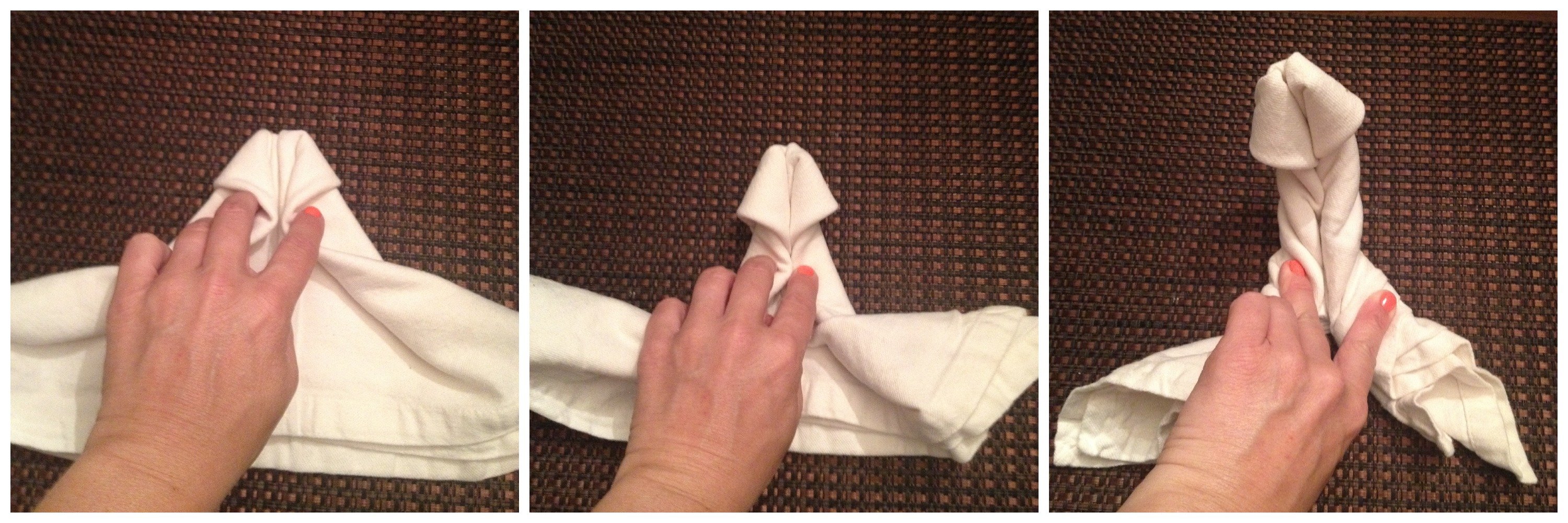 Buddy taping refers to the practice of bandaging an injured finger or toe to an uninjured one.
Buddy taping refers to the practice of bandaging an injured finger or toe to an uninjured one.
The uninjured digit acts as a sort of splint, and helps to support, protect, and realign your finger or toe. It can also help prevent further injury to the digit.
Buddy taping can be used for minor finger and toe injuries such as sprains or strains. You shouldn’t use it if there are any obvious deformities from the injury, such as a bone at an odd angle.
Seek medical attention if you have any open wounds that could require stitches, bones visibly out of place, or severe pain.
Read on to for instructions on how to buddy tape and more information about when and when not to use this treatment method.
It’s possible to buddy tape your own fingers or toes, but it may be helpful to have someone do it for you, if possible.
For your toes, always tape the injured toe to the neighboring toe closest to your big toe. However, avoid buddy taping the big toe. If you injure your toe closest to the big toe, tape it to the middle toe.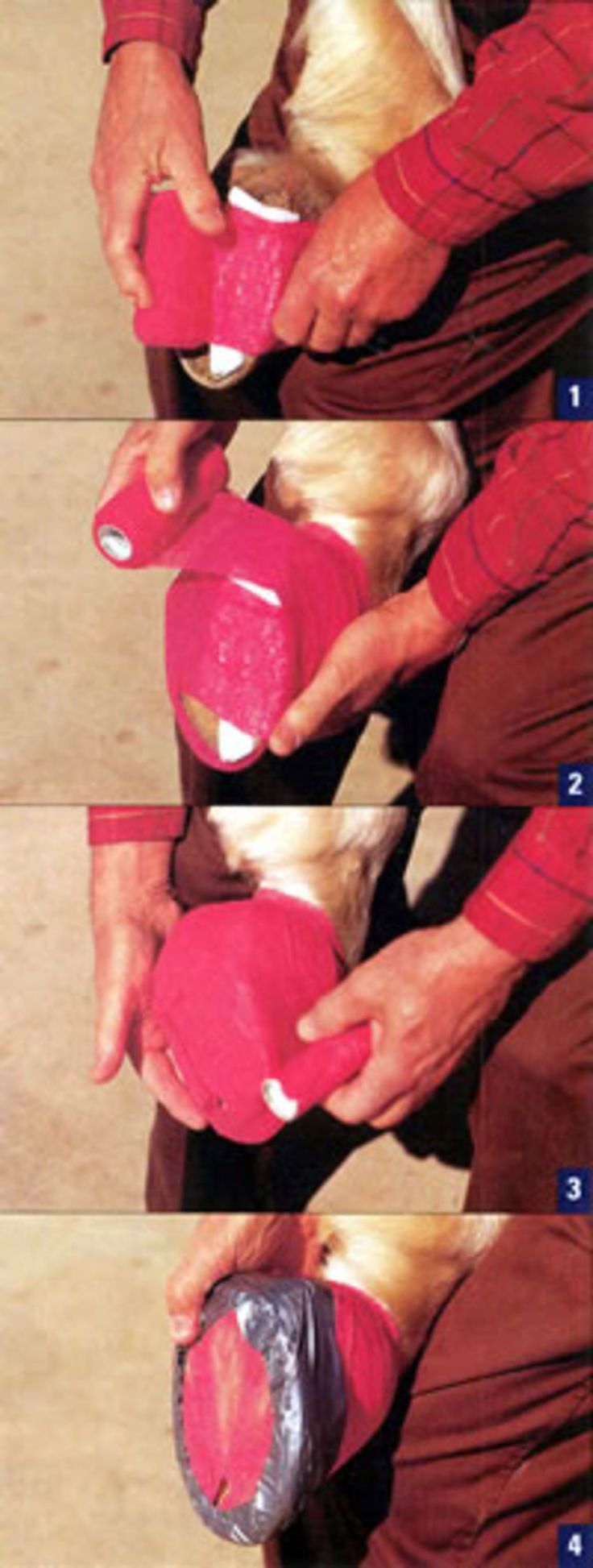 If you’ve injured your big toe, you can tape it by itself to help stabilize it, if necessary.
If you’ve injured your big toe, you can tape it by itself to help stabilize it, if necessary.
For your fingers, you can use trial and error to decide which finger to tape the injured finger to. Taping your ring finger to your middle finger may be more stable, but taping it to your pinky finger will allow you to have more mobility.
The same goes for your middle finger when deciding if you want to tape it to your index finger or your ring finger. Similar to your big toe, you should avoid buddy taping your thumb, but you can tape it on its own to help stabilize it.
Supplies
To buddy tape, you’ll need:
- alcohol or antiseptic wipes
- soft padding such as foam, gauze, or cotton
- medical cloth or zinc oxide tape
- scissors
Steps
To buddy tape a finger or toe:
- If you have broken skin, clean the affected area using alcohol or antiseptic wipes.
- Dry your skin thoroughly and place the padding between your fingers or toes.

- Starting at the base, wrap the tape around the digits.
- Wrap the tape around two to three times. Use gentle pressure as you wrap the tape without making it too tight.
- After taping, check that you still have good circulation to the digits. To do this, press the tips of your fingers or toes for a few seconds, and then release. If they fill back up with blood, then the wrap isn’t too tight. If they stay pale, then you’ve wrapped the tape too tight. You should remove the tape and start over.
Tips
- Cut the tape from the roll before you start taping to make it easier to apply.
- Change the tape each time you shower or bathe to prevent skin irritation.
- Always clean the affected area between tapings.
- Pay attention to how your skin is reacting or healing. Watch out for signs of infection or irritation.
- Remove the tape if you feel any pain or numbness.
- Reduce the width of the tape to make it more comfortable.
Usually, your toe or finger will heal within two to six weeks.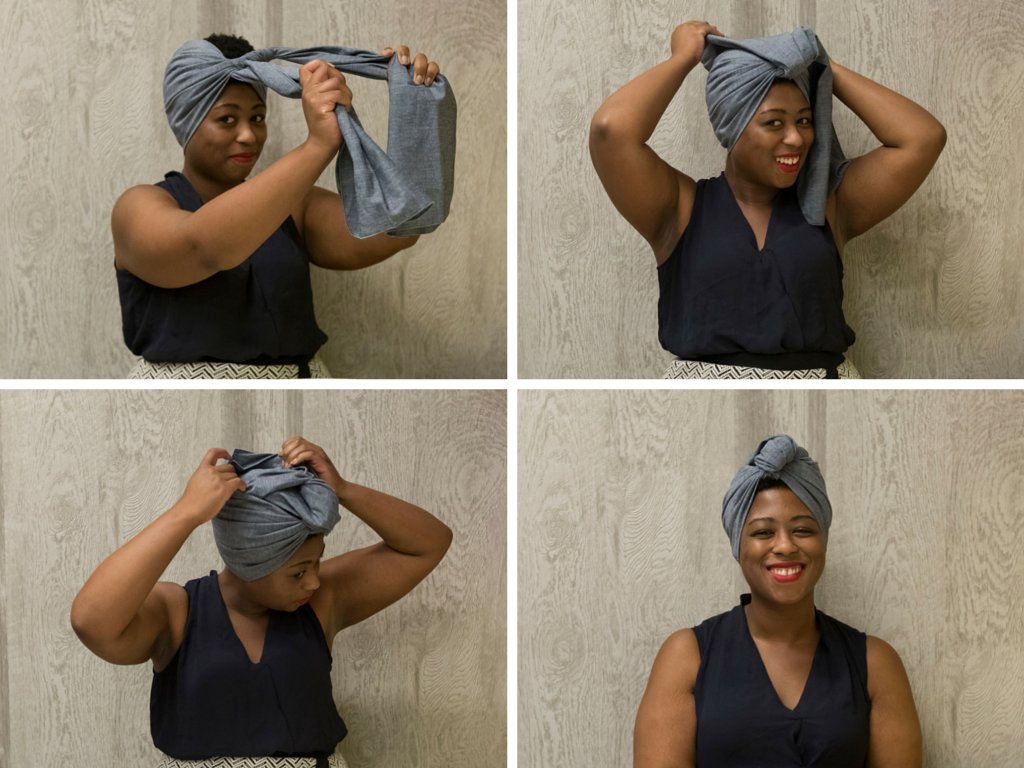 To help improve your recovery:
To help improve your recovery:
- ice and elevate your injured hand or foot as much as possible, especially during the first few days
- take a nonsteroidal anti-inflammatory drug (NSAID) such as ibuprofen to alleviate pain
- avoid putting pressure on your affected digits and refrain from any activities that could lead to stress or strain
- rest the injured digit as much as possible
The healthy digit works as a splint to support the injured digit and keep it in the correct position, protecting it from further injury.
Keeping the injured finger or toe stable helps to prevent any unnecessary movements, and reduces inflammation. Together, these factors help to promote a speedy recovery.
Generally, buddy taping is safe for most people, but there are a few complications that could occur, especially if it’s not done properly. Pay attention to how your body is healing to make sure your symptoms are improving. Remove the tape if any of your symptoms get worse after taping.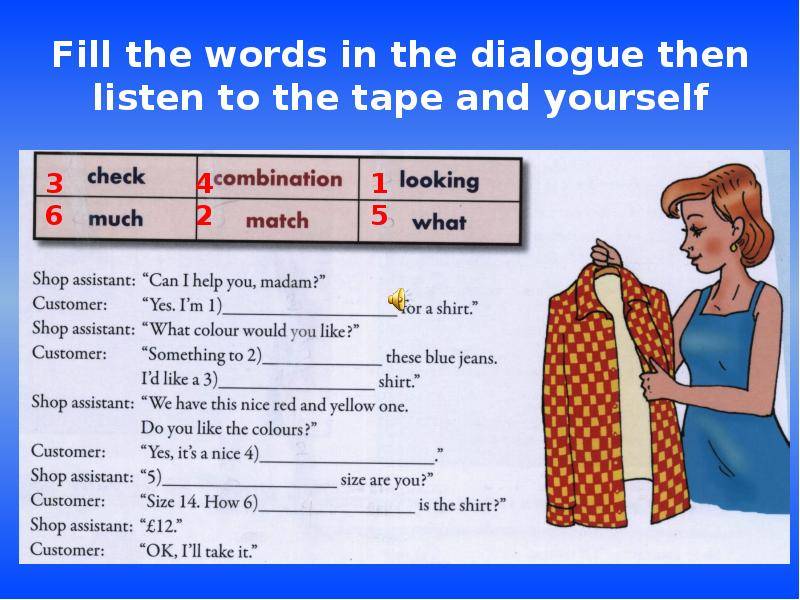
It’s possible that one of the taped digits will become stiff and difficult to move. Be sure the tape is loose enough to promote healthy circulation.
Avoid buddy taping if you have:
- diabetes
- peripheral arterial disease
- any type of circulation concern
Taping has the potential to irritate skin. This can occur where the tape touches your skin and in between the affected digits. Check your skin each time you change the tape and keep an eye out for any redness, swelling, or discharge.
Don’t buddy tape any digits that have open wounds, cuts, or broken skin. Taping injured skin has the potential to cause infections. Skin necrosis, or the death of tissue, is also possible.
Seek medical attention if you:
- have severe pain, swelling, or discoloration in your finger or toe that doesn’t improve within a few days
- think you have a broken finger or are unable to straighten it
- think you need stitches
- have injured toe that’s making it difficult to walk or wear shoes, or an injured finger that’s making it difficult to hold things or use your hand
Buddy taping can be an effective healing treatment provided it’s done the proper way. Keep an eye on your healing process to make sure you’re healing correctly and without complications.
Keep an eye on your healing process to make sure you’re healing correctly and without complications.
Always talk to your doctor if you have any questions or if your injury appears to be getting worse. As your injury heals, take care of yourself and take time to rest. Follow a healthy diet, and engage in regular exercise that doesn’t affect your injured hand or foot.
How to Fix a Broken Little Toe: 9 Steps (with Pictures)
Broken toes are a common injury, especially the little toe (the smallest fifth toe) which is more vulnerable to injury and crushing. While a cast or splint is often required for proper healing of big toe fractures, dealing with a broken little toe often involves a taping technique called “buddy taping” that can be done at home. However, if the broken little finger is really crooked, flattened, or if the bone has pierced the skin, emergency medical attention is required.
best tennis elbow support
Steps
Part One of 2: Taping a Broken Toe
one Determine if the tape fits.
 Most toe fractures, including the little toe, are caused by stress or hairline fractures, which are tiny cracks in the surface of the bone. Stress fractures are often quite painful and include swelling and/or bruising in the forefoot area, but they do not make the bones look twisted, crushed, mangled, or protruding from the skin. Therefore, simple fractures caused by stress or along the hairline should be fixed, although more complex fractures require other medical procedures such as surgery, a cast, or a splint.
Most toe fractures, including the little toe, are caused by stress or hairline fractures, which are tiny cracks in the surface of the bone. Stress fractures are often quite painful and include swelling and/or bruising in the forefoot area, but they do not make the bones look twisted, crushed, mangled, or protruding from the skin. Therefore, simple fractures caused by stress or along the hairline should be fixed, although more complex fractures require other medical procedures such as surgery, a cast, or a splint.- See your doctor for an X-ray of your foot if the pain does not improve significantly within a few days. Stress fractures can be difficult to see on an x-ray if there is a lot of swelling.
- If swelling is severe, your doctor may recommend a bone scan to look for a stress fracture.
- Stress fractures of the little finger can result from exercise (eg, a lot of jogging or aerobics), poor gym technique, injury from a heavy kick or fall on the little finger, or severe ankle sprains.

2 Wash your feet and toes. Whenever you are dealing with an injury to the body with some type of support tape, it is best to clear the area first. Cleaning the area will remove bacteria and other micro-organisms that could potentially cause infection (such as fungus), as well as any dirt and debris that might prevent the tape from sticking to your toes. Normal soap and warm water are usually sufficient for washing feet and toes.
- If you really want to disinfect your toes/feet and remove most of the natural oils, use an alcohol based disinfectant gel or lotion.
- Be sure to dry your toes and the spaces between them completely before using gauze or tape.
3 Place gauze or felt between your toes. Once you have determined that your little toe is broken but not too bad, then the first step of buddy tape is to put some gauze, felt, or cotton between your little toe and the toe next to it (called the 4th toe).
 ). This will prevent skin irritation and possible blistering as the two side toes are taped together. Preventing skin irritation/blistering reduces the risk of infection.
). This will prevent skin irritation and possible blistering as the two side toes are taped together. Preventing skin irritation/blistering reduces the risk of infection.- Use sterile gauze, felt or cotton balls between the 4th and 5th toes to keep them from falling out before securing them with tape.
- If your skin is sensitive to medical tape (possibly irritated and itchy from the adhesive), wrap the gauze completely around the 4th and 5th toes and cover as much of the skin as possible before applying the patch.
4 Tie pinky and 4th toes together. After you have placed sterile gauze, felt or cotton between your toes, loosely fasten the 4th and 5th toes with medical or surgical tape intended for application to the body. This is the buddy tape method as you are essentially using your 4th finger as a splint to support, stabilize and protect your broken little finger. Tape from the base of the fingers to about 1/4 inch from the top of the fingers.
 Wrap the tape twice in two separate strips so it doesn’t get too tight.
Wrap the tape twice in two separate strips so it doesn’t get too tight.- A film that is too tight will cut off circulation and give the tips of your toes a purplish blue color. Your toes will also feel numb or tingly if you wrap the tape too tight.
- Decreased circulation to the toes also slows down the healing process, so be sure to bind the toes tightly but loosely enough to allow blood to flow normally.
- If you don’t have medical or surgical tape (available at regular pharmacies), duct tape, electrician’s tape, or small (narrow) velcro tape will also work.
- Most simple (stress) toe fractures take about 4 weeks to heal properly, so plan on taping most of that time.
5 Change tape and gauze daily. Buddy tying your toes together to support and speed up healing is an ongoing process, not a one-time procedure. If you shower or bathe every day, you should re-tape your toes every day because damp gauze or felt is less effective at preventing blistering, and water will begin to dissolve the adhesive on the tape.
 Thus, remove the old tape and gauze after bathing and use dry gauze or cotton and fresh tape when your feet are clean and dry.
Thus, remove the old tape and gauze after bathing and use dry gauze or cotton and fresh tape when your feet are clean and dry.- If you bathe every other day, you can wait another day to re-glue your toes, unless your feet get wet for some other reason, such as rain or flooding.
- Using waterproof medical/surgical tape can reduce the frequent need for re-taping, but every time the gauze/wadding between your toes gets wet (or even wet) you should reapply.
- Remember not to use too much tape (even if it is loose) because you will not be able to place your foot in the shoe correctly. Too much tape also causes overheating and sweating.
Advertisement
Part 2 of 2: Using Other Home Care Methods for Broken Toes
one Use ice or cold therapy. Even before you see a doctor to confirm a pinky toe stress fracture, you should apply ice or some form of cold therapy to any musculoskeletal injury to reduce inflammation and relieve pain.
 Use crushed ice wrapped in a thin towel (to prevent frostbite) or a bag of frozen gel on the forefoot. Small bags of frozen vegetables also work well.
Use crushed ice wrapped in a thin towel (to prevent frostbite) or a bag of frozen gel on the forefoot. Small bags of frozen vegetables also work well.- Apply ice or cold therapy for no more than 20 minutes at a time on the lateral (outer) part of the foot. Use cold therapy 3-5 times a day for the first few days after injury.
- Wrap an ice pack or gel pack around the forefoot with an elastic bandage for best results as compression also helps reduce swelling.
2 Raise your leg to reduce inflammation. When you apply ice to the lateral surface of the forefoot to combat swelling, it is also a good idea to keep your foot elevated. Elevating the foot reduces blood flow, which helps minimize inflammation in an injury. If possible, support your leg (before, during, and after icing) so that it is above your heart level for best results.
- If you are on the couch, use a footstool or some pillows to keep your leg/foot above heart level.

- Lying in bed, use a pillow, folded blanket, or foam roll to prop your leg up a few extra inches.
- Always try to lift both feet at the same time so as not to cause pain or irritation in the hips, pelvis and/or lower back.
- If you are on the couch, use a footstool or some pillows to keep your leg/foot above heart level.
3 Reduce walking, running and other activities. Another important element of home care for a broken toe is rest and relaxation. In fact, rest with weight off the foot is the primary treatment and recommendation for all foot stress fractures. Therefore, avoid the activity that caused the injury and all other resistance exercises (walking, hiking, jogging) that put more stress on the side of the foot for 3-4 weeks.
- Cycling can still be a good option for exercise and fitness if you can get the pedal closer to the healing area and away from your toes.
- Swimming is an unloaded exercise suitable for a broken toe after the swelling and pain subside. Don’t forget to rewind your toes afterwards.

4 Take over-the-counter medicines for a short time. Breaking a toe, even if it’s just stress or a hairline fracture, is painful, and pain relief is an important part of the healing process. So, in addition to using cold therapy to relieve pain, consider taking over-the-counter medications such as non-steroidal anti-inflammatory drugs (NSAIDs) or pain relievers such as paracetamol (Tylenol). To minimize the chance of side effects such as stomach irritation, take these medicines for less than 2 weeks daily. For most simple fractures, 3-5 days of medication is sufficient.
- NSAIDs include ibuprofen (Advil, Motrin), naproxen (Alev, Naprosyn), and aspirin (Excedrin). NSAIDs are better for broken bones because they suppress swelling, while painkillers do not. However, NSAIDs such as naproxen can slow bone healing, so they should be used with caution.
- Aspirin should not be given to children while ibuprofen should not be given to infants – stick with paracetamol if your child needs pain relief.

Advertising
Community Q&A
Search Add New Question
- Q: Can I sleep with a recorded tape? Yes, but it becomes ineffective after a while, especially if you tend to sweat in your sleep.
- Question How do I know if I have broken my toe? If it swells up and turns blue or purple and causes a lot of pain, then you broke it.
- Question: How long should I wrap a broken toe? You should wrap it up until it stops hurting.

- Question: The doctor says that if I don’t bandage my broken toe properly, I may need ORIF. What should I do? Brian Salazar-Prince Top Answered ORIF – Open Cut and Internal Fixation; Basically, they cut you open, break the bone again, straighten it, and screw or hammer it into place so it can heal properly. If your doctor is willing to wrap the injury for you, I would suggest that you allow him/her to do so to minimize the risk of having to undergo another procedure.
- Question: Can you have a fever if you break your little toe? Brian Salazar-Prince Most popular answerer. When you break a bone, there is usually localized pain with swelling and inflammation.
 You may find that the area around the injury is warm to the touch, but I wouldn’t expect a broken toe to cause a fever.
You may find that the area around the injury is warm to the touch, but I wouldn’t expect a broken toe to cause a fever. - Question Can I cook if my toe is broken? Brian Salazar-Prince Top Answerer Walking with a broken toe is usually normal if you have a splint.
- Q: What should I do if my little finger is too swollen and sore to have gauze between it for a friend to tape over? It’s been 24 hours and it’s still black and blue and it hurts too much to separate the toes. Leave it on and pick it up until the swelling subsides. If this does not happen after a few days, consult a doctor; you may have more than one broken bone.

Unanswered questions
- My toe is purplish blue and has a lump on it. He also became numb after the incident, it’s my little finger and I’m afraid my mom isn’t going to do enough for it. Is it broken and should I see a doctor? Answer
Ask a question 200 characters remaining Please include your email address to receive an email when this question is answered. Post
Advertise
video . By using this service, some information may be transferred to YouTube.
tips
- Do not tape a broken toe if you have severe diabetes or a problem with peripheral arteries because any reduction in blood flow due to taping can increase the risk of necrosis or tissue death.
- If you go to the doctor for an x-ray to confirm a stress fracture in your little toe, he will likely show you how to tie your toes together before you leave the office.

- While you’re tightening and recovering from a broken little toe, wide-leg shoes with stiff soles for more room and protection. Avoid sandals and sneakers for at least 4 weeks.
- When symptoms go away after about a week, your doctor may want to take another x-ray to see how the bone is healing.
- Uncomplicated bone fractures heal within 4-6 weeks, depending on the person’s health and age.
- After the pain and swelling subsides (1-2 weeks), gradually increase the amount of exercise you do by getting up and walking a little more each day.
Advertisement
Every day at Wikihow, we work hard to give you access to instructions and information to help you live a better life, whether it’s to keep you safe, healthy, or improve your well-being. In the current public health and economic crisis, when the world is changing dramatically and we are all learning and adapting to changes in our daily lives, people need wikiHow more than ever. Your support helps wikiHow create more in-depth illustrated articles and videos and share our trusted brand of learning content with millions of people around the world. Please consider contributing to wikiHow today.
Please consider contributing to wikiHow today.
Popular questions
Bee & Wasp Control
How to kill a wasp
How to kill a wasp. Wasps are common and nasty pests. Since some people are often allergic to wasps, they can also be quite dangerous if settling into your space. Do you want to get rid of a stray solitary wasp or …
Streaming
How to Watch Yusuf Hawkins HBO Documentary Online
Here’s how to watch the HBO documentary Yusuf Hawkins: Storm Over Brooklyn online if you don’t have cable.
Tennis
Cologne 2: Alexander Zverev vs.
 John Millman preview, H2H and prediction | Bett1Hulks Championship 2020
John Millman preview, H2H and prediction | Bett1Hulks Championship 2020
Alexander Zverev will face John Millman in the second round of the 2020 Bett1Hulks Championship on Wednesday. Alexander Zverev leads to a 1-0 confrontation with John Millman.
Gas Plumbing
How to install a gas line
Installing a gas pipeline is probably not a task worth considering as a first standalone project. The risks of error outweigh the costs of the professional. However, experienced craftsmen with their own hands can install a gas pipeline as safely as …
Tennis
2016 US Open – Draw – Serena Williams has tough first round, Djokovic hints at form 9 struggle0207
All news from US Open men’s and women’s draws.
Sleep Positions
How to train yourself to sleep on your back
Sleeping on your back can improve your posture and prevent back pain, but for most people it doesn’t come naturally. Pillows and weighted blankets will keep you from rolling over in your sleep, and pre-stretching will help ease…
Others interested
- tennis elbow pad
- best tennis shoes to wear with jeans
- tennis elbow support
- watch the walking dead new episode online
- will be disney + will be on rock
- tennis pads
Handbook of the Butterfly Children Charitable Foundation | Bandaging of fingers and toes in a patient with BE
Bandaging of fingers with bandage: instructions for parents
Bandaging the fingers and toes of a butterfly child is a tricky business. If the dressing is not properly fastened, it will move, come into contact with the wound or bladder, and cause pain to the baby.
If the dressing is not properly fastened, it will move, come into contact with the wound or bladder, and cause pain to the baby.
Let’s talk about the main methods of dressing. Please note: before bandaging, the child’s fingers should be lubricated with petroleum jelly, bepanthen or Aquafor ointment.
Bandaging of the fingers on the hands
This instruction was developed by Lorraine Spaulding, the mother of a seven-year-old boy with recessive dystrophic epidermolysis bullosa.
1. Using Vaseline or vaseline-soaked gauze, make a bandage 17 cm long and 8 cm wide. Step back from the edge of the bandage 2.5 cm and make an incision to the center 10 cm deep.
2. Wrap around the arm so that the 2.5 cm wide strip is between the thumb and forefinger. This will provide additional protection if there are already wounds on the hand, and will help keep the skin of the palm moisturized and soft.
3. Using a bandage 2.5 cm wide, start bandaging from the wrist. Wrap around the hand, then go up to the thumb as shown in the picture. Wrap your thumb and come back down.
Wrap around the hand, then go up to the thumb as shown in the picture. Wrap your thumb and come back down.
4. Down the thumb, wrap around the inside of the palm, pass along the outside of the hand, then stretch up to the index finger, wrap it – first up, then down, and pass along the inside of the palm.
5. Continue doing the same with the middle finger. Always start wrapping the tip of your finger on the outside of your hand, where the nail plate is.
6. At this point, the bandaged arm should look something like this. Continue with the arrow.
7. Pull the bandage down, pass along the inside of the palm and go to the ring finger. Rewind the ring finger first up, and from the pad down.
8. From the ring finger, pull the bandage down and wrap around the wrist. Then pull the bandage along the outside of the hand to the gap between the thumb and forefinger, and inside the palm towards the little finger. Wrap the little finger up, then down, just as you did with the other fingers.
9. After bandaging the little finger, return the bandage to the wrist.
10. The fingertips can be left slightly open so that the child’s sense of touch works.
11. At this stage, the inner side of the palm is not yet completely closed, there are no bandaged places. Close all gaps. Be very careful! Never pull on the gauze or bandage it too tight!
12. From the wrist, stretch the bandage along the inside of the palm to the gap between the little finger and ring finger. Return to the outside.
13. Close the bottom of the inner side of the palm with a bandage and draw the bandage along the outer side of the hand to the gap between the middle and index fingers.
14. On the inside, pass the bandage to the bottom of the edge of the palm and on the outside of the hand, rise to the gap between the thumb and forefinger.
15. On the inside of the palm, lead the bandage to the base of the little finger, and then, on the outside, draw it to the gap between the middle and ring fingers. Passing the bandage between them, return to the wrist along the inside.
Passing the bandage between them, return to the wrist along the inside.
16. At this point, the inside of the palm will look something like this.
17. Take the second roll of gauze 5 cm wide. Wrap over the first roll on the inside from the bases of the ring finger and little finger. Wrapping the bottom of the outer side of the hand, go up the inner side to the gap between the thumb and forefinger.
18. Make a full “turn” so as to secure the bent “beginning” (3-4 cm) of the second roll. Don’t pull the bandage too tight. Make sure your palm stays straight and doesn’t bend. The second layer will provide additional protection.
19. Wrap the roll changer with one or two more “turns” and then move to the wrist to secure the bandage completely.
20. When you have bandaged the brush, put on top of the supporting mesh-stocking. Cut a hole in it for your thumb.
Finger bandaging without bandaging
You can do without bandaging, using tubular bandages that are simply put on the fingers.
- Take Paul Hartmann’s Stulpa seamless knitted tubular bandage with a high degree of stretch and an elastic tubular bandage for fixing the bandages on the fingers – for example, No. 1 from 36.6.
- Cut the bandages so that their length is slightly longer than the length of the fingers.
- Treat blisters and finger wounds as usual. Use for this contact wound dressing “Mepitel” or “Urgotul”, antiseptic “Octenisept” or any other, needles for piercing blisters.
- Apply a cream or ointment that you normally use, such as Sudocrem, Bepanthen Plus, or others, to your child’s fingers.
- On each finger, put a “shtulpa” on top of the cream and secure it with a tubular bandage to fix it on top. Try to choose the length of the bandages so as not to create unnecessary folds between the fingers.
Bandaging of the fingers to save the joints
The instructions for bandaging the fingers in this way were provided by the Austrian epidermolysis bullosa house EB-haus and the Debra Austria association (Salzburg, Austria).
The special direction of applying the bandage allows you to correct the incorrect position of the fingers.
Remember that it is absolutely impossible to drag your fingers! With this method, it is ideal to use self-locking elastic bandages: in this way, the fingers bandaged with them can bend a little at the joints.
So here are the instructions.
1. Using a bandage 3-3.5 cm wide, start bandaging from the wrist. Wrap the bandage around the brush 2-3 times.
2. Go up to the thumb.
3. Wrap your thumb around the outside of your hand as shown.
4. On the outside of the hand, return to the wrist from the edge of the palm.
5. After wrapping the wrist 1 time, on the outer side of the hand, pass the bandage between the middle and index fingers.
6. Wrap your index finger in the same way as you did with your thumb and return to your wrist again.
7. After making one more turn around the brush, wrap the middle finger in the same way.
8. Return to the wrist again.
9. Repeat this action for the ring finger.
10. Return to the wrist.
11. Wrap the little finger from the edge of the palm, passing the bandage between the little finger and the ring finger. Return the bandage to the wrist from the side of the thumb.
12. Attach the end of the bandage to your wrist. From the side of the palm, the bandaged arm should look like the one shown in the picture.
Toe dressing
The procedure will be as follows:
- Treat wounds in the usual way. Cut out rectangular strips of Paul Hartmann’s Rolta Soft bandage with scissors. Lay them around the affected fingers, applying ointments and creams under them. Lay them around the affected fingers, applying ointments and creams under them.
- Wrap over the top with the same bandage, taking care to avoid folds and excessive layers, especially at the joints.
- Secure with Pecha-Haft self-locking bandage.

- To further secure the bandage, place a cotton sock over your foot with the seams facing out. It is desirable to cut the rubber band.
Hand gloves
You put the cream on the child’s hands, and after 5 minutes he is on the upholstery of the sofa. A familiar picture, isn’t it? But the problem is solved simply: after applying the cream, you need to put gloves on the child.
For butterfly children, soft gloves are an effective protection against splicing of fingers and moisturizing the parched skin of the hands. Wear gloves at all times, day and night, so you don’t have to have painful finger separation surgery in the future.
Even if you are not bandaging your entire hand, but one or more fingers, still wear gloves. Then the baby will thank you!
How to make a glove?
1. Place your baby’s hand on a sheet of thick paper or thin cardboard and carefully circle the entire brush with a felt-tip pen, paying special attention to the contour of the fingers.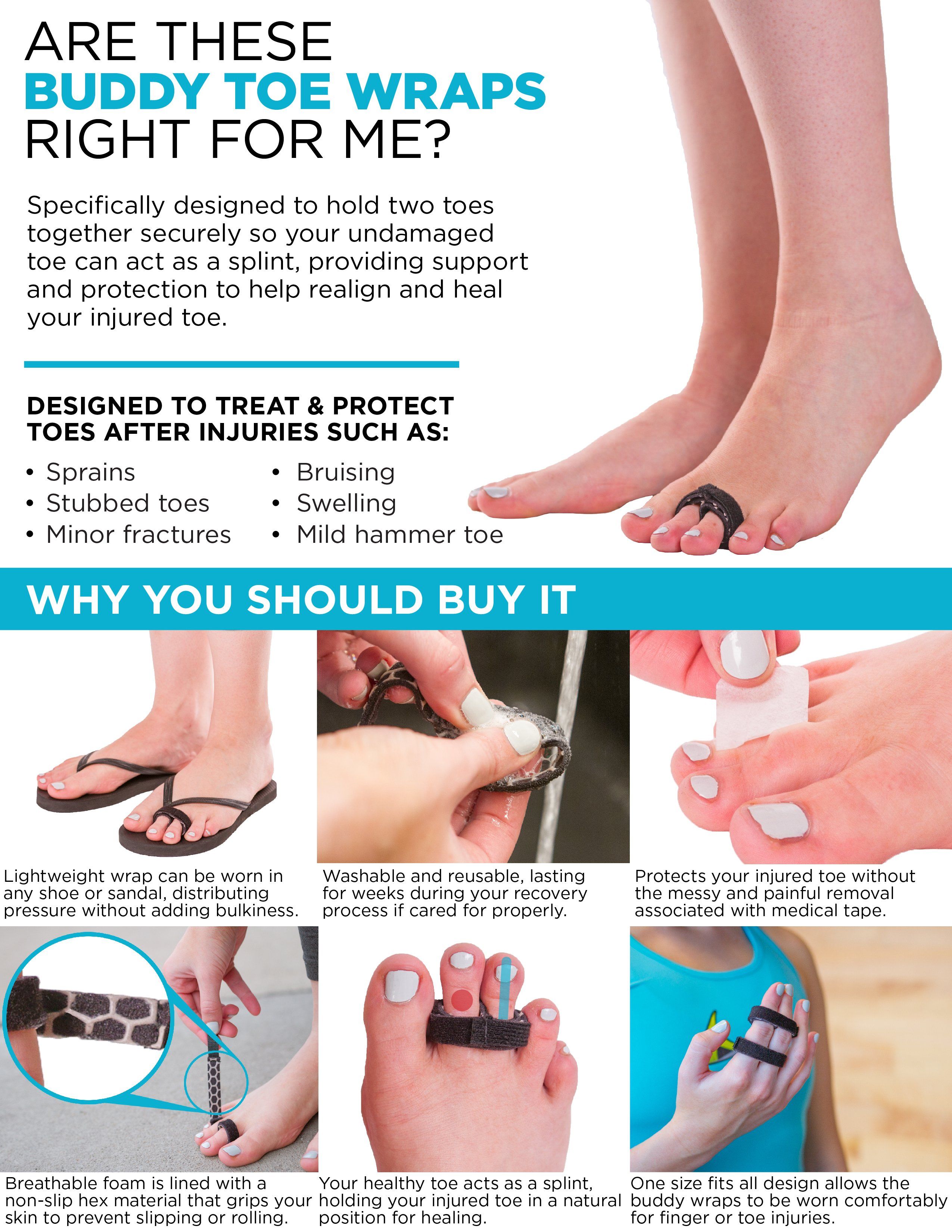 This procedure is good for both the left and right hands of the baby – even if at first glance they seem the same.
This procedure is good for both the left and right hands of the baby – even if at first glance they seem the same.
2. On the resulting contour, step back from the fingertips by 1 cm and mark the cutting line. So the gloves will turn out with open fingertips. We measure 5 cm from the conditional line of the wrist so that the gloves are not too short.
3. For gloves, choose a soft knit fabric, 100% cotton or with a little lycra added. Attach the pattern cut out of cardboard to the fabric and circle its outline with a felt-tip pen or chalk. Back off 0.5 cm on the seams on the outside of the little finger and thumb and mark on the pattern. Do not add seam allowances on the other sides of the fingers.
4. Cut out four identical parts, provided that the knitwear is double-sided and the baby’s palms are equally developed. If there is a face and a wrong side, then you need to cut out 2 parts for the right hand, and 2 for the left (in mutually mirror image).
5.


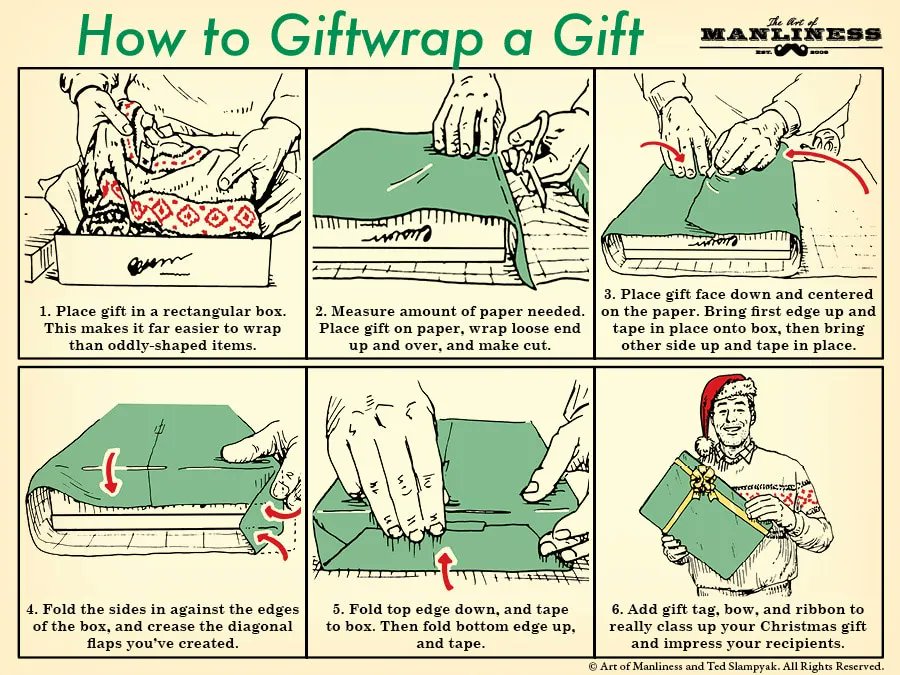


 Most toe fractures, including the little toe, are caused by stress or hairline fractures, which are tiny cracks in the surface of the bone. Stress fractures are often quite painful and include swelling and/or bruising in the forefoot area, but they do not make the bones look twisted, crushed, mangled, or protruding from the skin. Therefore, simple fractures caused by stress or along the hairline should be fixed, although more complex fractures require other medical procedures such as surgery, a cast, or a splint.
Most toe fractures, including the little toe, are caused by stress or hairline fractures, which are tiny cracks in the surface of the bone. Stress fractures are often quite painful and include swelling and/or bruising in the forefoot area, but they do not make the bones look twisted, crushed, mangled, or protruding from the skin. Therefore, simple fractures caused by stress or along the hairline should be fixed, although more complex fractures require other medical procedures such as surgery, a cast, or a splint.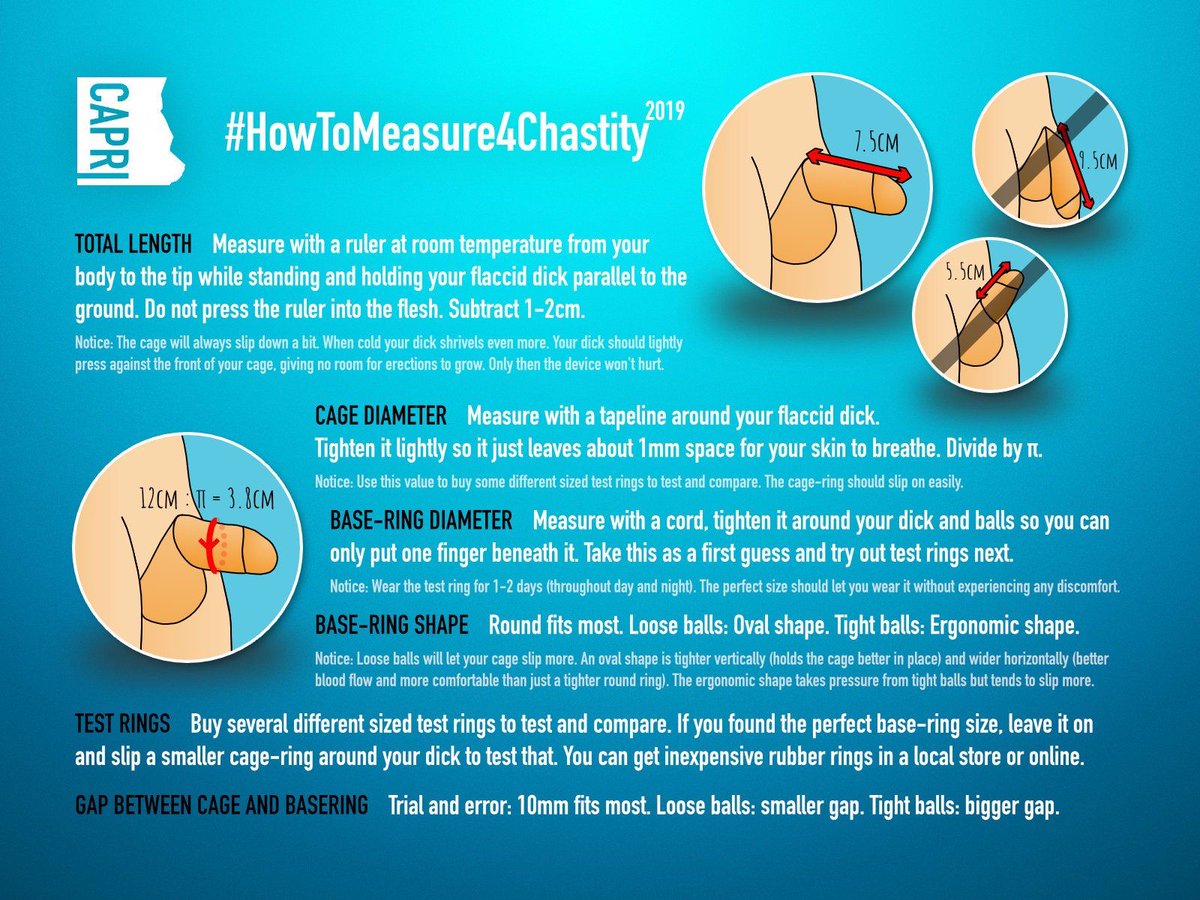
 ). This will prevent skin irritation and possible blistering as the two side toes are taped together. Preventing skin irritation/blistering reduces the risk of infection.
). This will prevent skin irritation and possible blistering as the two side toes are taped together. Preventing skin irritation/blistering reduces the risk of infection.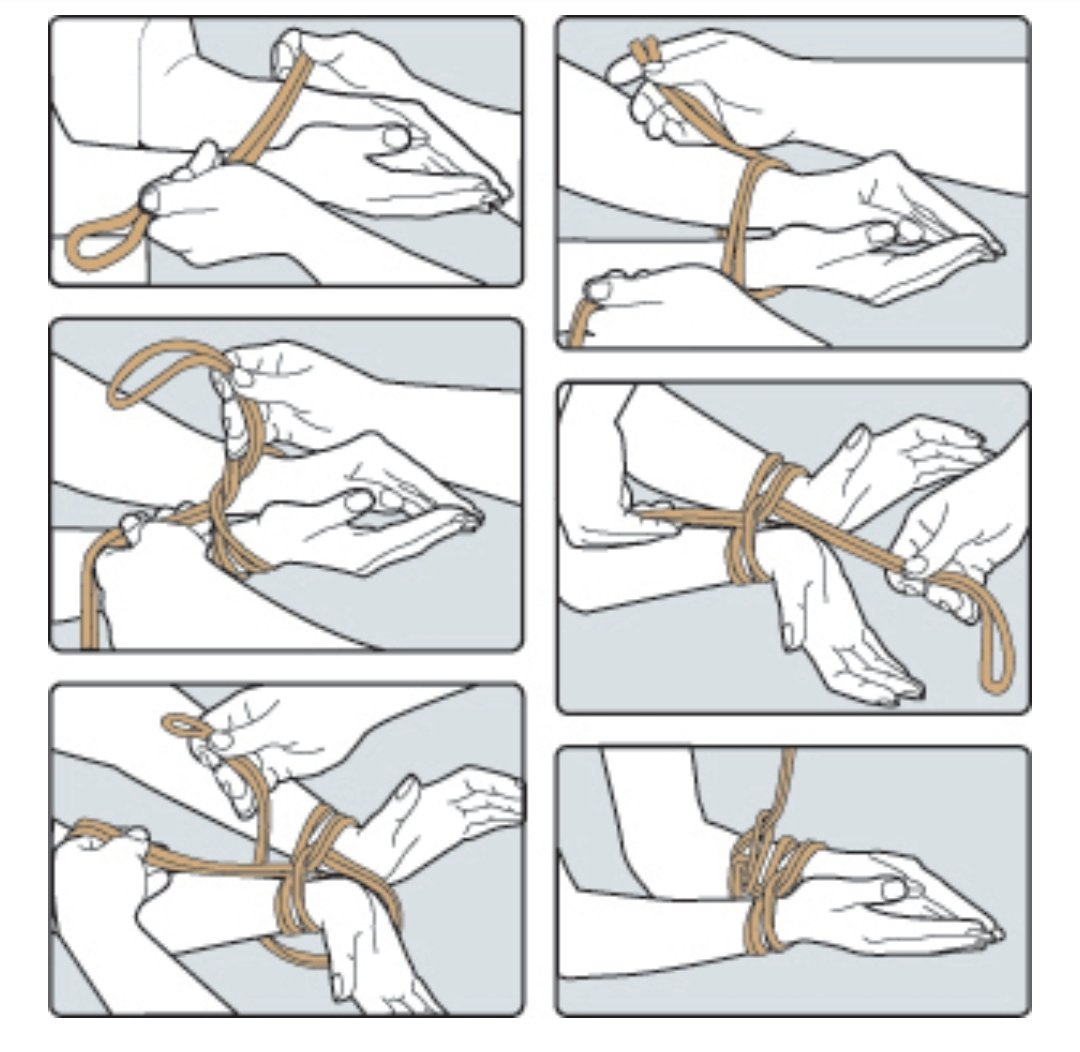 Wrap the tape twice in two separate strips so it doesn’t get too tight.
Wrap the tape twice in two separate strips so it doesn’t get too tight. Thus, remove the old tape and gauze after bathing and use dry gauze or cotton and fresh tape when your feet are clean and dry.
Thus, remove the old tape and gauze after bathing and use dry gauze or cotton and fresh tape when your feet are clean and dry. Use crushed ice wrapped in a thin towel (to prevent frostbite) or a bag of frozen gel on the forefoot. Small bags of frozen vegetables also work well.
Use crushed ice wrapped in a thin towel (to prevent frostbite) or a bag of frozen gel on the forefoot. Small bags of frozen vegetables also work well.
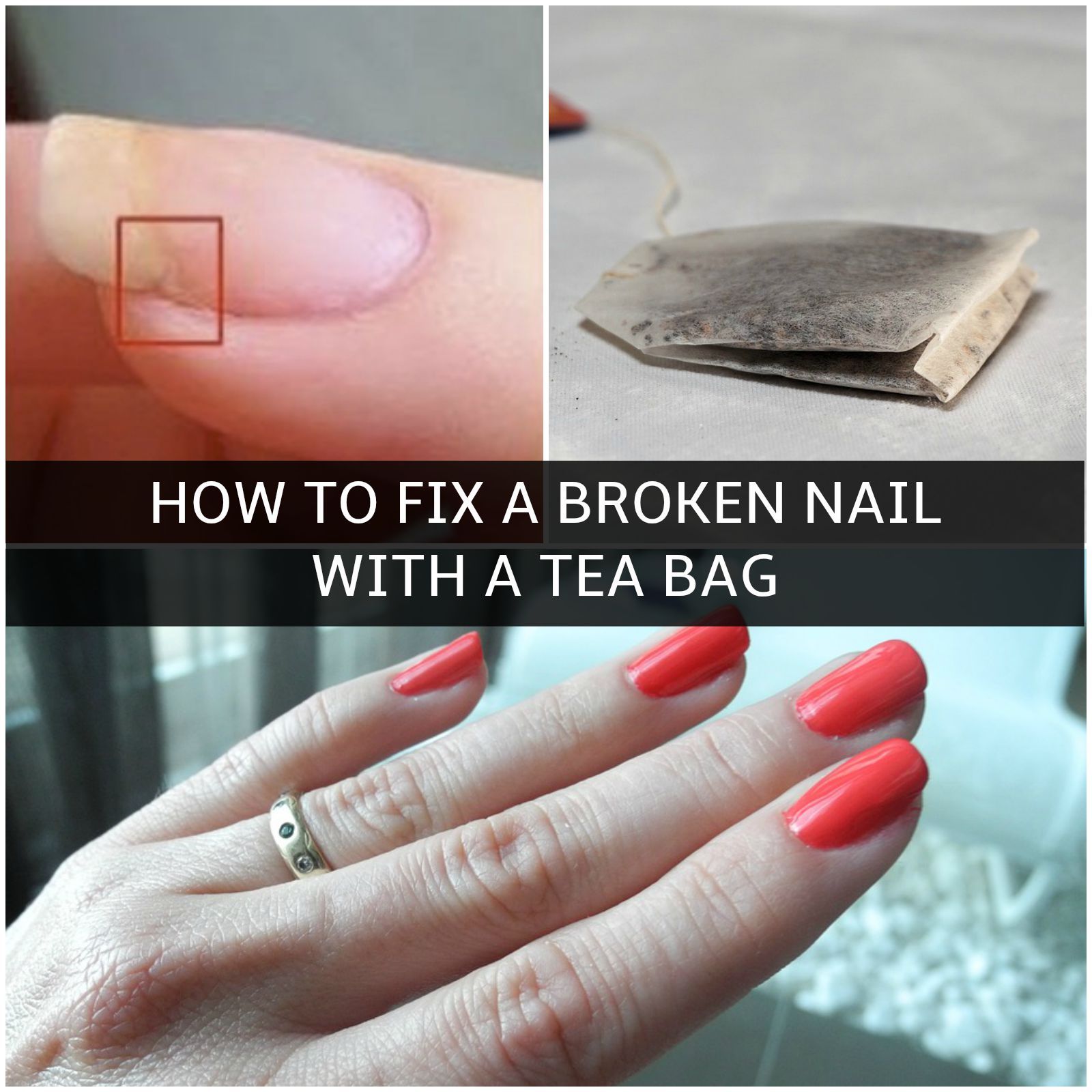

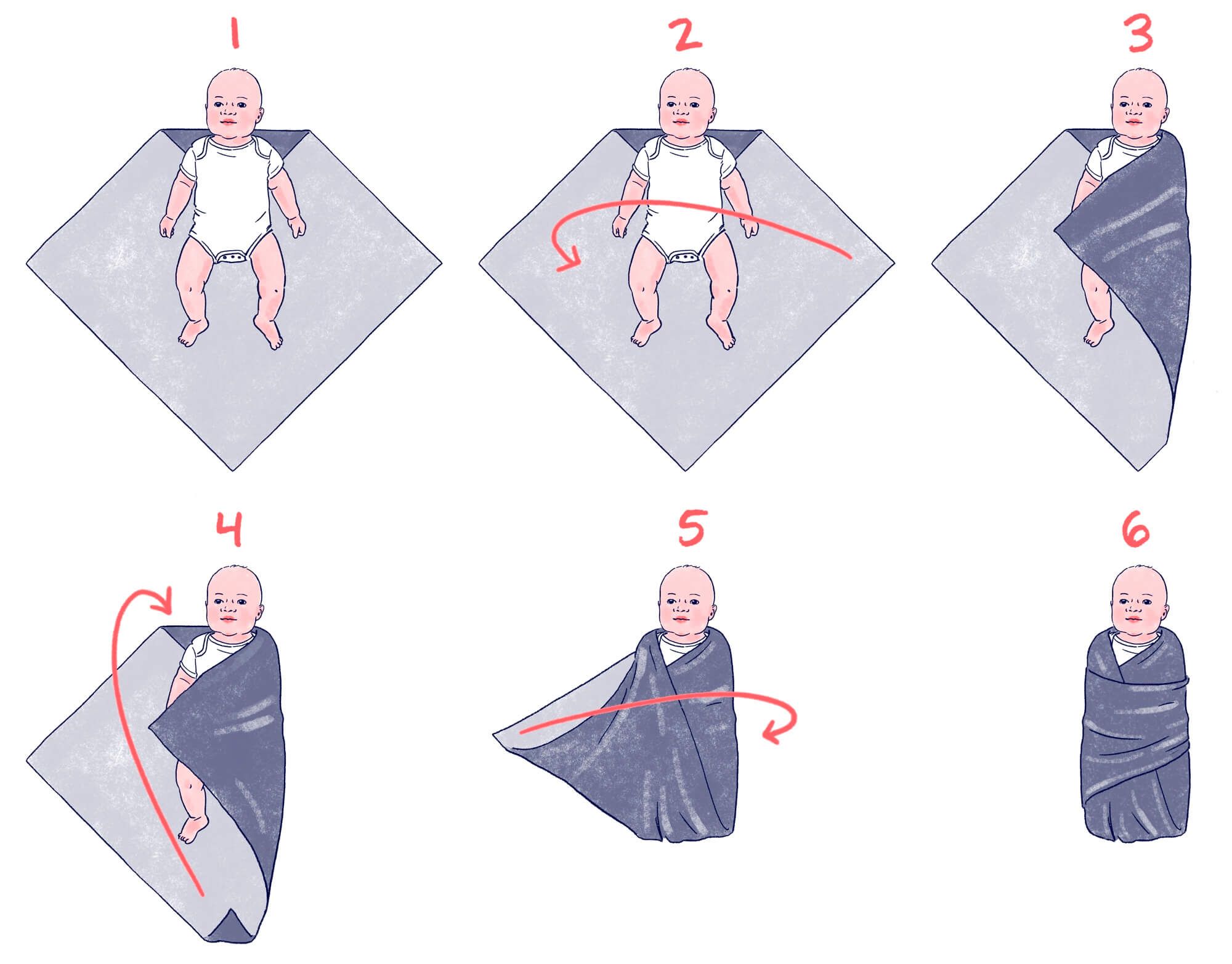
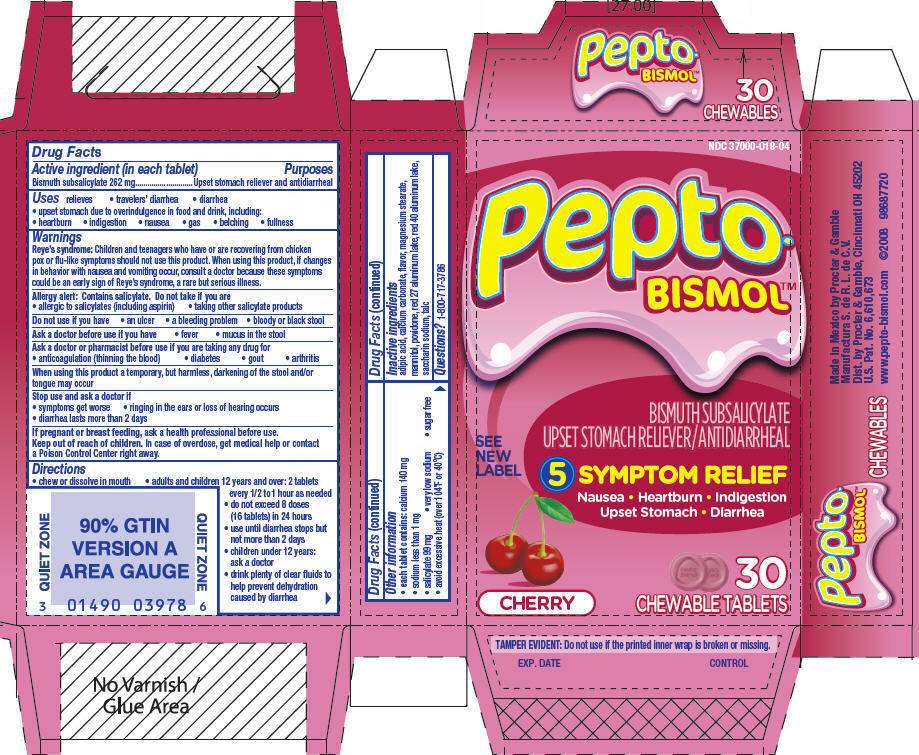 You may find that the area around the injury is warm to the touch, but I wouldn’t expect a broken toe to cause a fever.
You may find that the area around the injury is warm to the touch, but I wouldn’t expect a broken toe to cause a fever.
